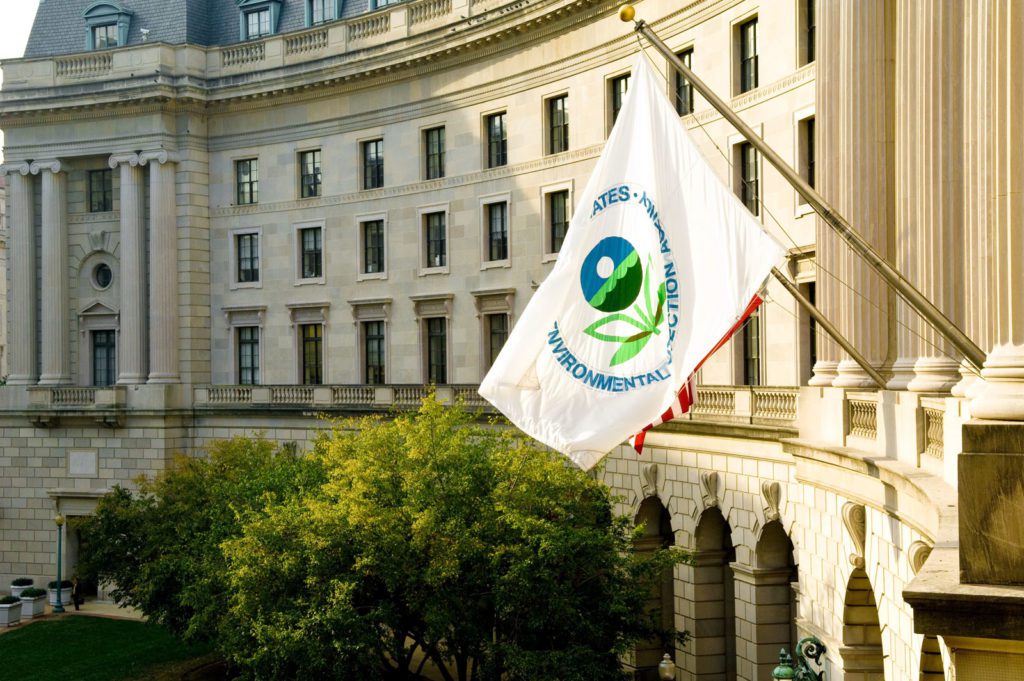Aug 5, 2019Biostimulants industry comments on plant regulator rulemaking
Agriculture industry leaders recently gave the U.S. EPA an earful in a formal comment period that recently ended as it considers heavier regulation of the biostimulants industry.
The agency collected comments on a draft document, “Guidance for Plant Regulator Label Claims, Including Plant Biostimulants,” in formal rulemaking proceedings. The non-binding document is meant to clear up what product label language claims that the Environmental Protection Agency would consider to be plant regulator claims, under the Federal Insecticide, Fungicide and Rodenticide Act (FIFRA).
Even what legally qualifies as a plant biostimulant is up for definition. The EPA noted existing definition in the Farm Bill as well as a proposed definition by the European Commission before giving its own definition:
“Generally speaking, a ‘plant biostimulant’ is a naturally-occurring substance or microbe that is used either by itself or in combination with other naturally-occurring substances or microbes for the purpose of stimulating natural processes in plants or in the soil in order to, among other things, improve nutrient and/or water use efficiency by plants, help plants tolerate abiotic stress, or improve the physical, chemical and/or biological characteristics of the soil as a medium for plant growth.”
The EPA wrote in an overview of the draft document that many plant biostimulants don’t fit FIFRA’s definitions of how plant regulators work, and that many others would be exempt from FIFRA due to their intended use as simple nutrients, fertilizers, “plant inoculants, soil amendments and vitamin-hormone products.”
But it also wrote: “A key consideration is what claims are being made on product labels.”
The rule, proposed by the EPA, drew dozens of public comments from the industry before an extended commenting period expired in late July.
Some comments pointed out that many biostimulants are simply derived from seaweed or other natural products.
“The agricultural industry would benefit from having plant biostimulant products that are naturally occurring, and provide beneficial impacts to plants, without having any pesticide effect,” Missouri-area lawyer Robert W. Welsh wrote. “If a product had those benefits, it should be excepted from the requirement of FIFRA regulation, just as plant nutrient products are currently excepted.”
Dramm, a northeast Wisconsin corporation providing liquid fertilizers, wrote in a public comment that the draft document was concerning in its “overreach” into organic agriculture.
“Dramm believes guidance should focus on product claims, not merely the presence of particular naturally-derived ingredients,” Dramm wrote. “Requiring pesticide registration for all these ingredients will have severe negative economic impact on input companies, farmers, processors and consumers of organic food products. These compounds have a long history as safe and useful fertilizer ingredients. We are not aware of any adverse events associated with humic acid, fulvic acid, and seaweed extracts or their use; the current regulatory structure and registration requirements under the Federal Insecticide, Fungicide, and Rodenticide Act (FIFRA) are already effective in protecting the public and the environment where these materials are concerned.”
In anonymous comments, a couple of individuals identifying themselves as growers gave very different opinions.
“If we regulate these, where do we stop? Will we need to regulate every fertilizer ingredient?” asked one “produce grower on a commercial scale.” “Biostimulants are totally different from PGRs (plant growth regulators). Biostimulants are often a naturally occurring organism cultivated in the lab. I know farmers that cultivate their own biostimulants. PGRs are a highly developed chemical imitating nature (but totally unnatural). Because they are of totally unnatural origin the PGRs need regulation.”
A self-described “commercial annual and perennial plant grower” had a different take.
“We are presented many of these ‘biostimulant’ type products, which have claims to improve plant growth,” the grower wrote. “These products are frequently not registered as pesticides or as fertilizers. Many times they are presented with no third party data validating the claims which are being made. Frequently it is hard to determine what the product is derived from. While these products are required to have an SDS (safety data sheet) it is uncertain what the long-term safety of these products are to our workers or the environment.”
– Stephen Kloosterman, associate editor















